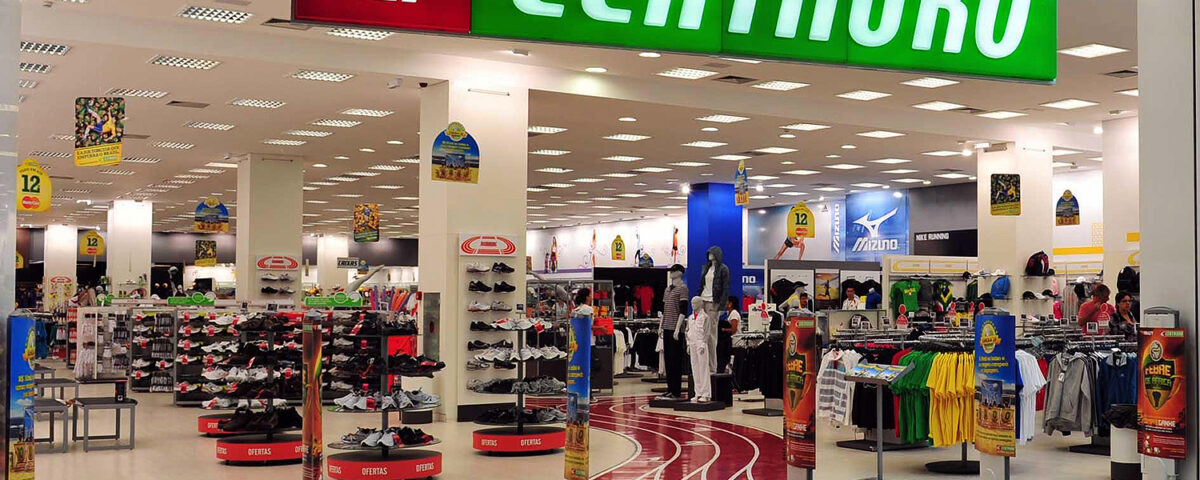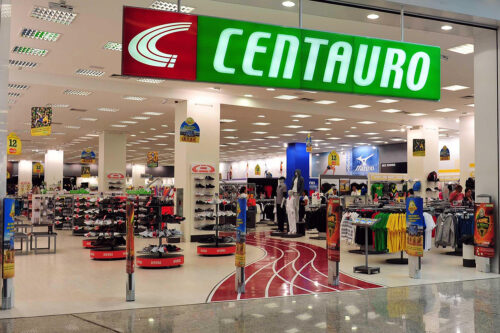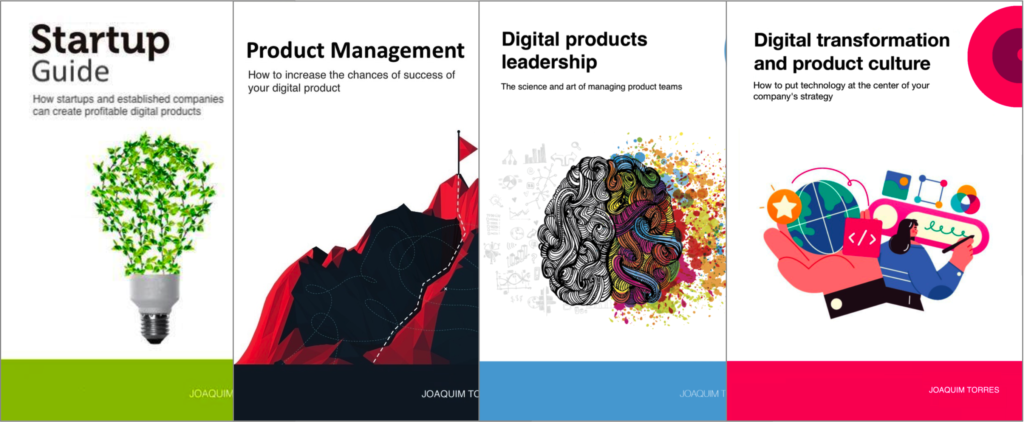
Preface to the new edition of the Startup Guide
27 de August, 2024
Beyond Founder Mode: the critical role of vision in company success
8 de September, 2024Founded in April 1981 by Sebastião Bomfim Filho with the goal of making sports and casual fashion accessible to everyone in Brazil, Centauro has over 190 stores in 23 Brazilian states and the Federal District, along with two distribution centers located in Extrema/MG and Jarinu/SP. In addition to physical stores, Centauro sells products online through its website and mobile app. In 2003, the company began investing in e-commerce, which represented 12% of its revenue in 2015. In the same year, they launched a shopping app for tablets and smartphones, allowing consumers to make purchases directly from their mobile devices.
Between 2013 and 2020, Victor Almaraz worked at Centauro. He started as a systems architect and transitioned from engineering to product management, taking on the role of Group Product Manager at Centauro in 2019. In this position, he was responsible for defining and executing the digital product strategy for the marketplace area. When he took on this new role, there was no seller portal for individuals selling their items on the Centauro website. They had no place to access and see how their sales were going on, relying on periodic reports or intermediary tools such as integrator hubs. Given the success of the Marketplace, a project to implement an external tool had been underway for six months, which had a high implementation cost and the complexity of replicating data between it and the Centauro system. Upon learning of this situation, Victor consulted with the team to explore options and decided to create an internally developed MVP with just one functionality: listing orders. This MVP was ready in 15 days, and after a month and a half, it was already operational for approximately 20 sellers.
This example illustrates the application of the principles of result delivery and rapid and frequent deliveries. With an in-house MVP, the marketplace team was able to deliver significant value to their sellers in just 15 days, freeing the operational team from manual tasks.
Recommendation
It is understandable to demand the product development team for the delivery of functionalities. After all, we are investing a lot in this team through salaries, benefits, and infrastructure for the development and hosting of digital products—and, like any investment, we expect a return. And what do people in this team do? Products, apps, websites, technology, data, algorithms, reports. So, it is only natural to demand these deliveries as a return on our investment.
However, we must not forget that all of this should not be the ultimate goal: they are vehicles for generating results for both the company and the customers. What we should demand from product development teams, whether internal or outsourced, is the delivery of business results and results for our customers.
Summing up
- One of the fundamental principles for any product development team is a focus on result delivery.
- Care must be taken in defining what constitutes a result. Delivering a functionality is not a result. Every functionality is a means that serves an end: the achievement of a business objective.
- Even 100% digital companies, whose digital product and technology are the core of the company, focus on business objectives.
- The number one priority for all product development teams is to generate results as quickly as possible: results for the company that owns the product and invests in its construction, and results for the customer by solving their problems and meeting their needs.
- Everything we use in day-to-day product management, including the product itself that we build, is not the ultimate goal. They are means to an end: generating results as quickly as possible.
Digital transformation and product culture
This article is another excerpt from my newest book “Digital transformation and product culture: How to put technology at the center of your company’s strategy“, which I will also make available here on the blog. So far, I have already published here:
- About the book
- Part 1: Concepts
- Chapter 1: The so-called digital transformation – Project and Product
- Chapter 2: Uncertainty and digital transformation
- Chapter 3: Types of company
- Chapter 4: Type of company vs digital maturity
- Chapter 5: Business models
- Chapter 6: Agile, digital and product culture
- Part 2: Principles
- Chapter 7: Deliver early and often – Measuring and managing the productivity – Case study: Dasa Group – Case study: Itaú Unibanco
- Chapter 8: Focus on the problem – O Famoso Discovery de Produto – Why the “business demands => IT implements” model does not work – Case study: Magazine Luiza
- Capítulo 9: Result delivery – Outsource or internal team? – Case study: Centauro
Workshops, coaching, and advisory services
I’ve been helping companies and their leaders (CPOs, heads of product, CTOs, CEOs, tech founders, and heads of digital transformation) bridge the gap between business and technology through workshops, coaching, and advisory services on product management and digital transformation.
Digital Product Management Books
Do you work with digital products? Do you want to know more about managing a digital product to increase its chances of success, solve its user’s problems, and achieve the company objectives? Check out my Digital Product Management books, where I share what I learned during my 30+ years of experience in creating and managing digital products:
- Digital transformation and product culture: How to put technology at the center of your company’s strategy
- Leading Product Development: The art and science of managing product teams
- Product Management: How to increase the chances of success of your digital product
- Startup Guide: How startups and established companies can create profitable digital products



